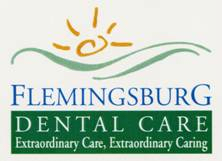|
Did you know that the #1 tool most people use for cleaning bacteria from their teeth, gums, and mouth, already contains millions, possibly trillions, of bacteria? If you leave your toothbrush in the bathroom and never disinfect it, you’d better read this article.
In his book, Why Your Toothbrush May Be Killing You Slowly, James Song, a biochemist from Wisconsin University, suggests that a range of serious health problems, including heart disease, stroke, arthritis and chronic infections, could be linked to unhygienic toothbrushes. Further research by Manchester University found that the average toothbrush contained around ten million germs, including a high percentage of potentially fatal bacteria such as staphylococci, streptococcus, E. coli and candida. Other studies have shown that over time, a single toothbrush can be the breeding ground for trillions of bacteria specimen. There are many ways these bacteria latch on to toothbrushes: Use from an infected user, spray from a flushing toilet, a damp environment that allows the bacteria to breed and grow, and just a general lack of oversight. Think about it for a moment; would you leave your eating utensils in the bathroom, use them over and over again, and never wash them? As bad as it sounds, overcoming this potential time bomb is not complicated. Below are Dr. Moorhead’s 5 simple tips to keep your toothbrush bacteria free.
If you have any questions or would like further advice on disinfecting your toothbrush, please contact us using one of the methods below, or ask us at your next appointment.
1 Comment
|
Articles
All
AuthorDr. Moorhead and his team write about dental news, and answer patient questions. Archives |

 RSS Feed
RSS Feed